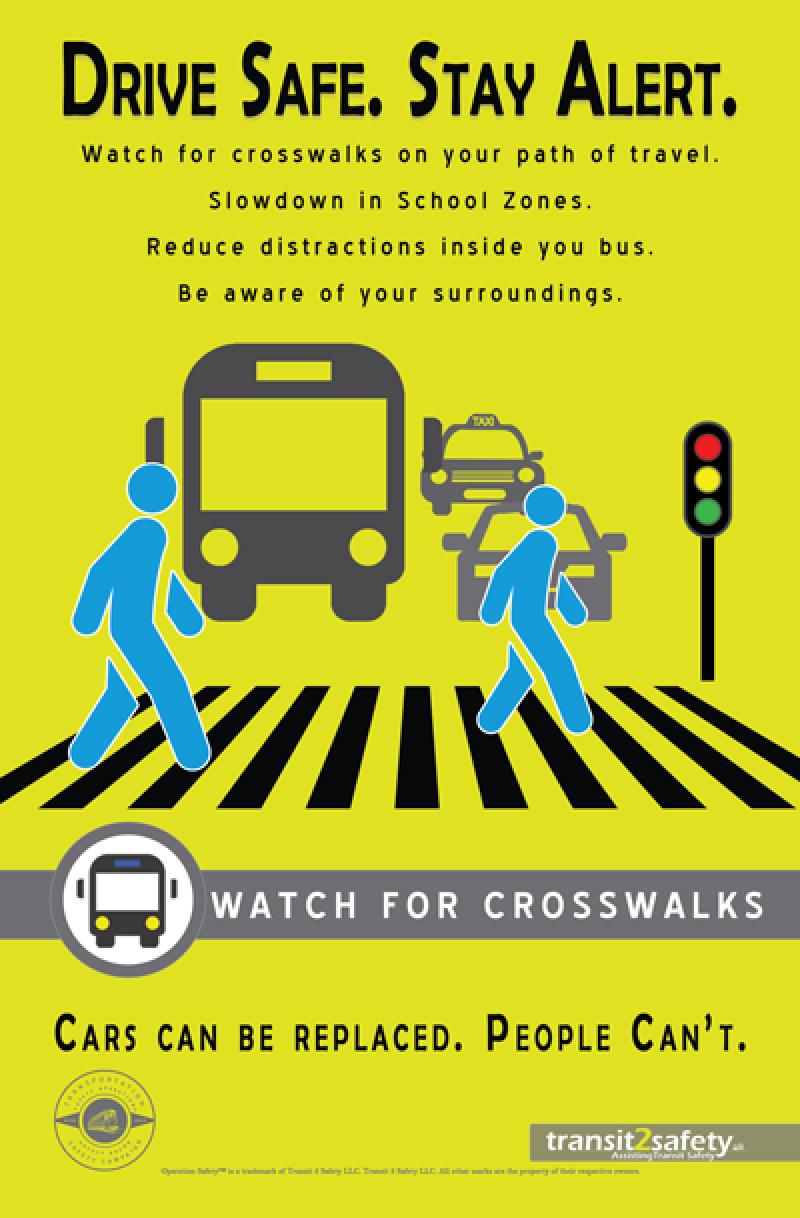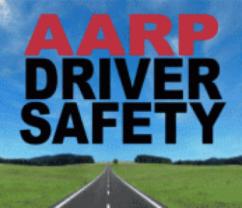What is a driver safety program?
A driver safety program is an organized initiative or set of activities aimed at promoting safe and responsible driving behavior among individuals who operate vehicles. These programs are designed to enhance road safety, reduce the risk of accidents, and improve overall driver awareness and skills. Driver safety programs may target various audiences, including individual drivers, employees of organizations with fleet vehicles, or specific demographics such as young drivers or seniors.
Key features and aspects of driver safety programs include:
Education and Training:
- Driver safety programs often provide education and training on safe driving practices. This may include instructional materials, workshops, or online courses covering topics such as defensive driving, traffic laws, and hazard awareness.
Defensive Driving Techniques:
- Programs may focus on teaching defensive driving techniques, which involve proactive measures to anticipate and respond to potential hazards on the road. Defensive driving aims to reduce the risk of accidents and promote safe driving behavior.
Traffic Rules and Regulations:
- Driver safety programs emphasize the importance of understanding and adhering to traffic rules and regulations. This includes knowledge of speed limits, road signs, right-of-way rules, and other traffic laws.
Distracted Driving Prevention:
- Given the prevalence of distracted driving incidents, driver safety programs often address the dangers of using mobile phones, texting, or engaging in other distractions while driving. Strategies for avoiding distractions are typically included.
Impaired Driving Awareness:
- Programs may raise awareness about the risks of impaired driving due to alcohol, drugs, or medications. They often provide information on the legal consequences of driving under the influence and promote responsible alcohol consumption.
Vehicle Maintenance and Inspection:
- Ensuring that vehicles are well-maintained and regularly inspected is a crucial aspect of driver safety. Programs may include guidance on basic vehicle maintenance practices and the importance of addressing mechanical issues promptly.
Fatigue Management:
- Driver fatigue is a significant contributor to road accidents. Programs may educate drivers on recognizing signs of fatigue, the importance of adequate rest, and strategies for managing fatigue during long drives.
Specialized Training for Fleet Drivers:
- Organizations with fleets often implement specialized driver safety programs for their employees. These programs may include training on specific vehicles, company policies, and industry-specific safety considerations.
Incentives for Safe Driving:
- Some driver safety programs incorporate incentive systems to encourage safe driving behavior. Incentives may include rewards, recognition, or discounts on insurance premiums for drivers who maintain a safe driving record.
Emergency Response and First Aid:
- Driver safety programs may include information on emergency response procedures and basic first aid training. This prepares drivers to handle emergencies and provide assistance until professional help arrives.
Driver Assessments and Monitoring:
- Some programs involve driver assessments to evaluate skills, knowledge, and adherence to safety practices. Continuous monitoring, such as using telematics devices, can provide data on driving behavior for further improvement.
Compliance with Occupational Safety Standards:
- Organizations may implement driver safety programs to comply with occupational safety standards and legal requirements. This is particularly relevant for companies with employees who drive as part of their job responsibilities.
Driver safety programs contribute to creating a culture of responsible driving, reducing accidents, and improving overall road safety. They are implemented by government agencies, non-profit organizations, educational institutions, and private companies with a focus on promoting safe and responsible behavior on the roads.
What defines a driver safety program and its objectives?
A driver safety program is a structured set of initiatives designed to improve the safety of drivers on the road, reducing the risk of accidents, injuries, and fatalities. These programs encompass various elements that target both driver behavior and knowledge, aiming to equip individuals with the skills and awareness necessary to navigate the roadways safely and responsibly.
Key Components of a Driver Safety Program:
- Driver Training: Providing training sessions covering essential driving skills, defensive driving techniques, road safety rules and regulations, hazard identification and avoidance, and safe vehicle operation practices.
- Behavior Modification: Employing techniques to encourage positive driving habits such as obeying speed limits, avoiding distracted driving, and maintaining proper following distances. This can involve incentives, feedback systems, and awareness campaigns.
- Vehicle Maintenance: Promoting regular vehicle inspections and maintenance to ensure optimal performance and reduce the risk of breakdowns contributing to accidents.
- Data Analysis and Evaluation: Tracking accident data, driver performance metrics, and program effectiveness to identify areas for improvement and adjust program elements accordingly.
- Safety Culture Building: Fostering a culture of safety within an organization or community, where responsible driving is prioritized and valued by all members.
Objectives of a Driver Safety Program:
- Reduce the number of accidents, injuries, and fatalities caused by drivers. This is the primary and most evident objective of any driver safety program.
- Improve driver competency and skills. By enhancing knowledge and proficiency in handling various driving situations, the program aims to make drivers more confident and capable behind the wheel.
- Promote safe driving habits and attitudes. The program strives to instill a long-term commitment to safe driving practices and responsible decision-making on the road.
- Reduce insurance costs and liability risks. Lowering accident rates can translate to lower insurance premiums and mitigate legal and financial risks associated with driver-related incidents.
- Boost employee morale and productivity. By minimizing accidents and injuries, driver safety programs can contribute to a safer work environment and potentially improve employee morale and productivity.
- Enhance brand reputation and community standing. Organizations implementing effective driver safety programs can demonstrate their commitment to social responsibility and contribute to a safer community, improving their reputation and public image.
Overall, driver safety programs play a crucial role in promoting safe driving practices and creating a safer environment for everyone on the road. By understanding its key components and objectives, we can appreciate the multifaceted efforts undertaken to address driver behavior and ultimately decrease the burden of accidents and their devastating consequences.





